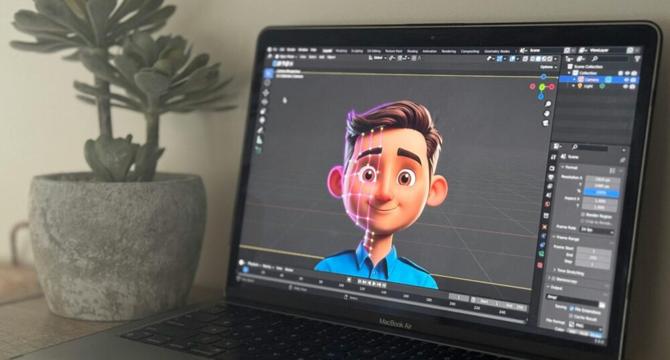TechBullion
4w
31

Image Credit: TechBullion
How to Balance Automation and Human Touch in Software Projects
- In the software development realm, finding the right equilibrium between automation and human input is pivotal for project triumph.
- Strategies like strategic checkpoints and human-AI collaboration uphold this harmony, enabling projects to optimize outcomes.
- Maintaining human oversight for critical transitions and decision points, while automating repetitive processes, is a valuable guideline.
- This balanced approach was exemplified during a project migrating legacy product infrastructure to Google Kubernetes Engine at Unity.
- In the world of ERP implementations and enterprise software rollouts, a common rule emerged: automate what's trusted, review what's irreversible.
- Notably, automation was leveraged to streamline workflows, handle data validation, and reduce errors, but human judgment was kept integral for pivotal decisions.
- Automation was utilized for candidate qualification in a recruitment platform, but human oversight was crucial for final hiring decisions.
- An essential principle observed across projects was the necessity of human intervention in scenarios where automation might fall short, safeguarding against critical errors.
- Embracing AI in decision-making requires a dual approach: let automation operate freely but ensure human-led reviews before deployment to maintain accountability.
- In essence, the crux lies in empowering decision-makers with technology without compromising human control, especially evident in the realm of AI algorithms in diverse applications.
- The emphasis on clear guidelines, structured human oversight, and feedback loops ensures a successful blend of automation and human judgment in software projects.
Read Full Article
1 Like
For uninterrupted reading, download the app